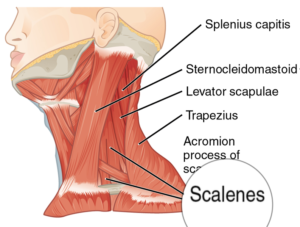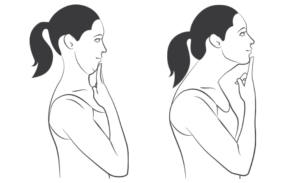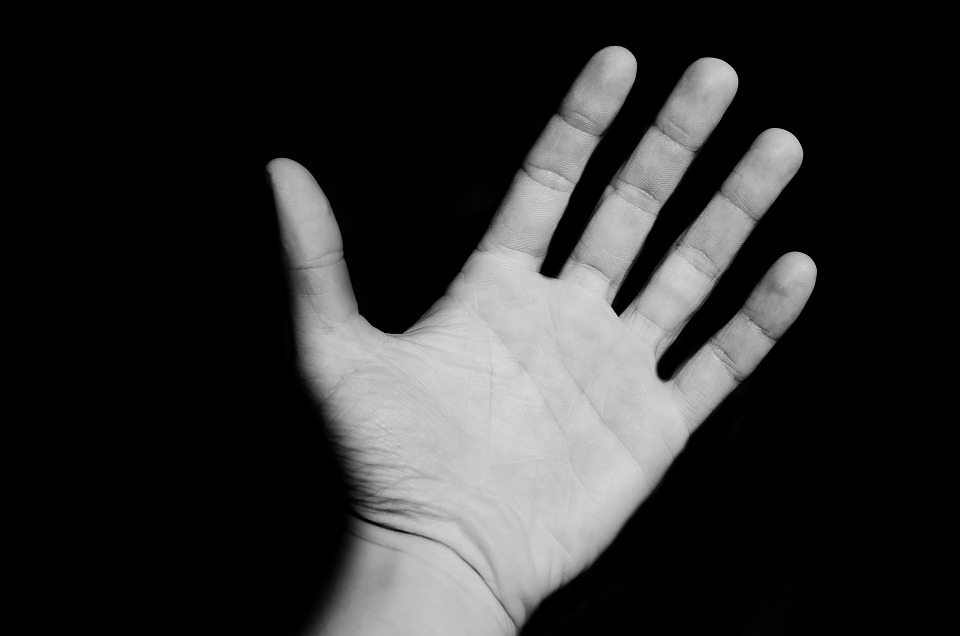Got Numb Fingers?
When a person has forward head posture, their scalene muscles are going to tighten up. The scalenes are the lateral neck muscles that help you inhale, rotate, and flex your head forward.
During any given day, a person will eventually assume a forward head posture:
- when they drive their car
- sit at their desk
- use their smartphone or iPad
- type on their computer
- find themselves listening intently to someone.

This posture can potentially compress the brachial plexus, which is the network of nerves that originate in the neck and feed into the armpit region and down into the arms.
A brachial plexus impingement can lead to several problems from numbness in the hands, to thoracic outlet syndrome or carpal tunnel-like symptoms.
Anatomy and Function
The three scalene muscles are located between the anterior portion of the trapezius muscle and the sternocleidomastoid (the long thick muscle that attaches from behind your ear down to your sternum and clavicle).

Scalenes are sometimes considered an “anatomical Bermuda Triangle,” as they are a problematic muscle group for massage therapists to tackle.
In some massage schools, the teachers warn students to avoid working on the anterior neck because they could put pressure on the carotid artery.
That wasn’t the case in my schooling at Bancroft School of Massage Therapy. As a professionally trained orthopedic massage therapist, I can quickly and confidently locate and treat tight scalenes.
Scalene Dysfunction
When scalene muscles get tight, they can entrap the brachial plexus and subclavian artery that pass through or around them, resulting in numbness and tingling down that involved extremity.

If the anterior and medial scalene become chronically shortened, this can potentially limit the space of the thoracic outlet, resulting in a neurovascular and subclavian artery entrapment.
If the scalenes tighten on one side (unilaterally), you can find yourself with an elevated shoulder.
This unilateral shortening can be caused by a leg length discrepancy, whiplash injury, bad sleeping habits, excessive coughing from a cold, swimming, or even from awkwardly lugging large objects around like that 20-pound purse or murse (man purse).
One of the most critical components to treating tight scalenes is assessing how that person breathes.
Treatment Strategies
Abnormal breathing patterns are a huge contributor to scalene trigger points. People should be able to breathe diaphragmatically in sitting, standing, and supine positions.
Try the following Diaphragmatic Breathing ExercisePlace your right hand on your chest and left hand on your abdomen.
With your eyes closed, inhale through the nose for a four-second count then exhale through the mouth (also for a four-second count), allowing your belly to extend into your left hand.
Repeat this breathing exercise for 30 to 60 seconds every hour throughout the day. Sixty seconds is adequate time to practice this without overly fatiguing your muscles.
Diaphragmatic breathing certainly helps reduce the overworking of the scalene muscles, and it is a beneficial strategy in dealing with scalene trigger points.
Another thing to consider is a postural strain pattern.
Your body alignment needs to be addressed if you are:
- glued to your computer all-day
- are attached to your cell phone
- holding babies on a hiked hip
- sleeping on your stomach with a raised arm
Chin Tucks
Postural alignment techniques like chin tucking exercises can also be helpful.

© Morgan Massage. All rights reserved.
Getting Rid of Scalene Trigger Points with Massage
Basic massage techniques like compression and stripping of the scalene muscles can release the trigger points.
Once the scalenes are loosened up, a wide range of upper extremity issues ranging from carpal tunnel syndrome to tennis elbow can be resolved.
Book your massage today!
Resource: Nicole Nelson, Massage Today


